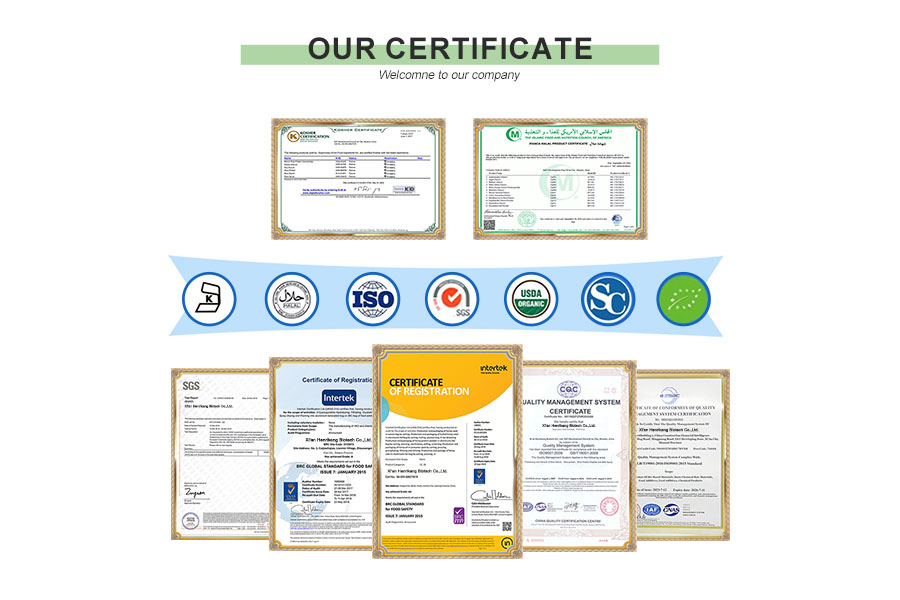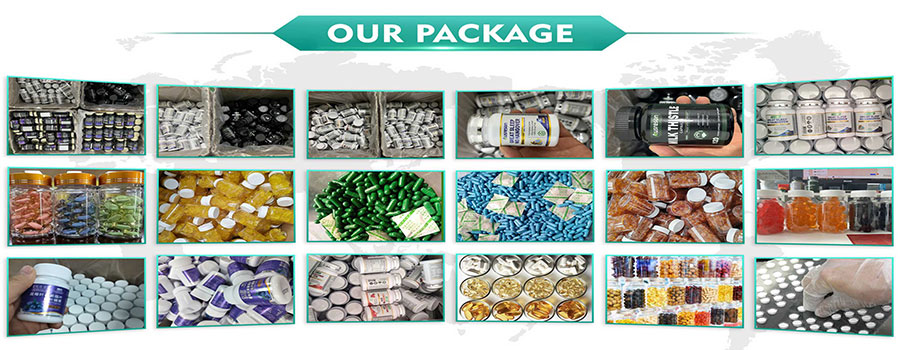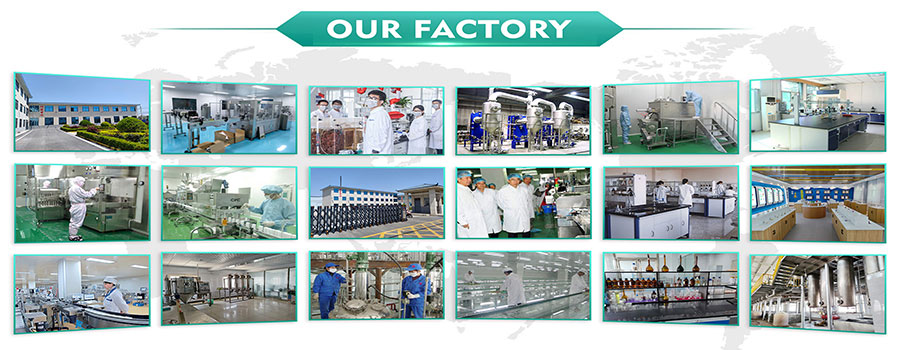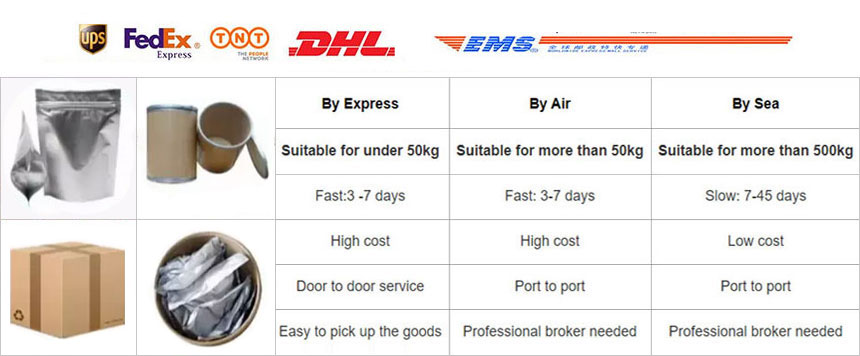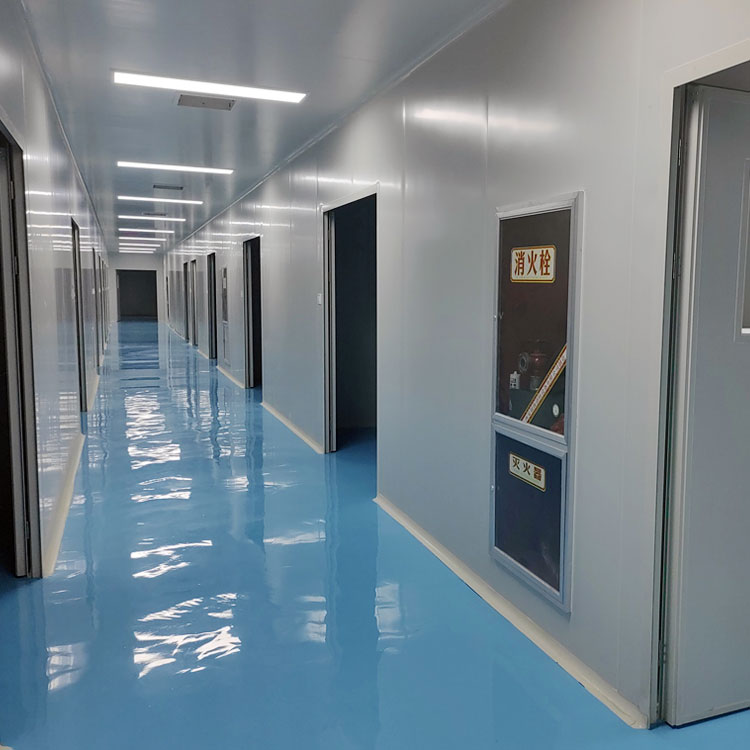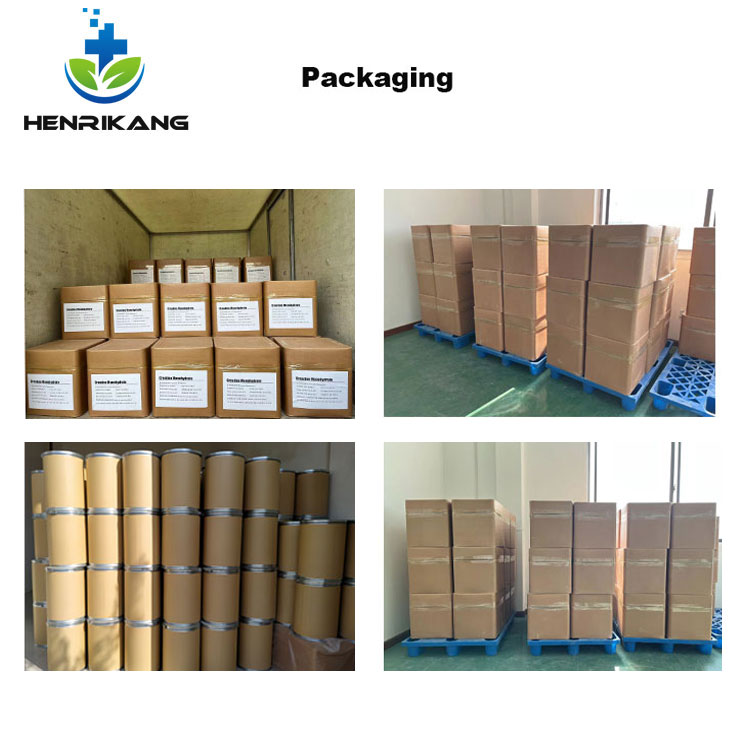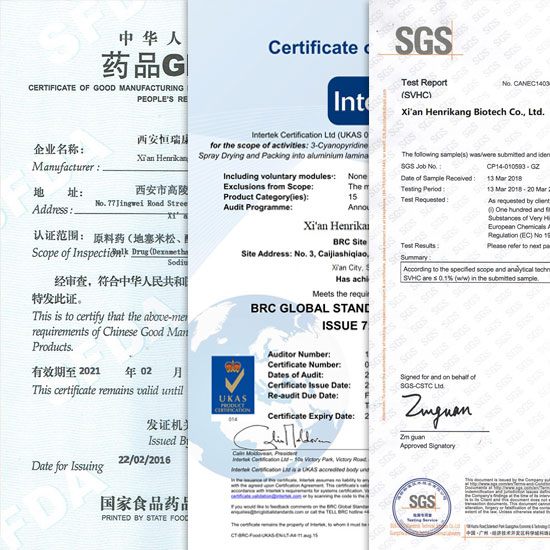Pharmaceutical
Human APIs Powder
- Respiratory Drugs Raw Material
- Antiviral Antibacterial
- Antipyretic Analgesics
- Antihistamine Drugs
- Antineoplastic
- Cosmetic Raw Material
OEM & ODM
- Capsule
- Softgel Capsule
- Gummies
- Drop & drinks
- Tablets
- Effervescent Tablet
- Gel
- Powder
- Chewing Gum
- Pet Supplement
Veterinary raw materials
Phone: 86-13279202917
E-mail: sales@nutrition-oem.com
Add: Fengcheng 2nd Road, Weiyang District, Xi'an, Shaanxi, China
Repaglinide Raw Material Repaglinide Powder


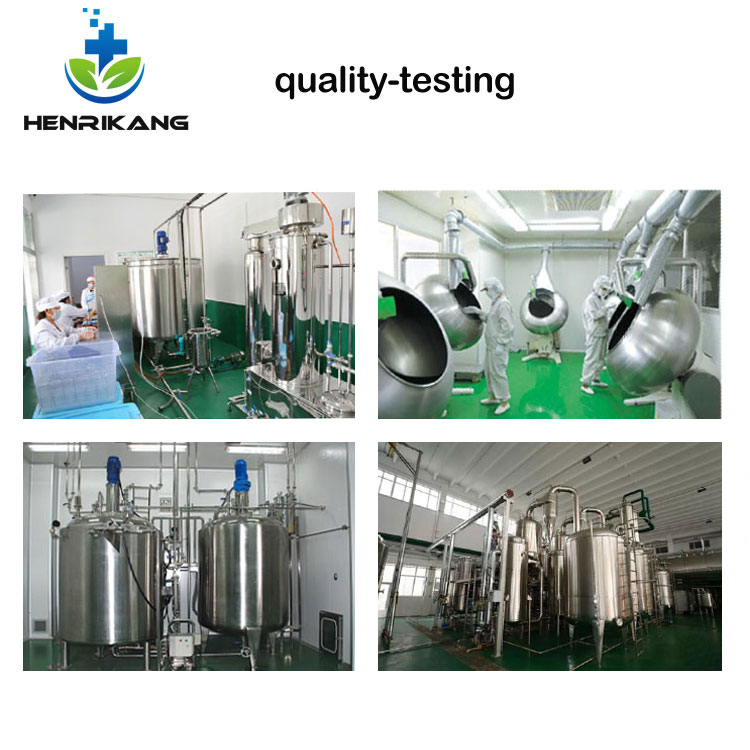
Product Overview:
Manufactory Supply Repaglinide Raw Powder High Quality Repaglinide Raw Material , High Purity 99% Repaglinide Raw Powder CAS 135062-02-1 Repaglinide Powder. Repaglinide Powder is a diabetes treatment that is a non-sulfonylurea insulin-releasing agent.
Product Attributes
CAS: 135062-02-1
MF: C27H36N2O4

MW:452.59
EINECS: 629-921-1
Specification: 99% min Repaglinide
Sample: Repaglinide Powder
Packaging:1kg/bag, 25kg/drum
Brand: Henrikang
Appearance: White Powder
Storage: Cool Dry Place
Shelf Life: 2 Years
Test Method: HPLC
Product Details
Repaglinide Raw Materials Usage and Synthesis
Manufactory Supply Repaglinide Raw Powder High Quality Repaglinide Raw Material , High Purity 99% Repaglinide Raw Powder CAS 135062-02-1 Repaglinide Powder. Repaglinide Powder is a diabetes treatment that is a non-sulfonylurea insulin-releasing agent.

Uses and functions of Repaglinide Powder
Repaglinide is a diabetes treatment drug, a non-sulfonylurea insulin-releasing agent, trade name Novaluron, clinically used for the treatment of patients with type II diabetes mellitus (non-insulin-dependent) in whom dietary control, body weight reduction, and exercise do not provide effective control of hyperglycemia.

Pharmacological Effects of Repaglinide Raw Powder
Repaglinide Raw Powder Antidiabetic drugs. Non-sulfonylurea oral hypoglycaemic agent for the treatment of type II diabetes. Uses Used as hypoglycaemic agent

Production method of Raw Repaglinide Powder
Conversion of compound (I) to its N-acetyl derivative was followed by splitting by salting with L-glutamic acid to obtain the (S)-type optical isomer, which was then reacted with compound (II) to form amide (III), which was then hydrolysed to give the product.
Inquire This Product

